Peak performance on the track, the road or on the trail requires optimal physical preparedness and the mental resilience and psychology needed to deliver when it really matters.
With the training box ticked, your ability to perform at your best on race day is largely dependant on your mental state and, more importantly, your ability to sustain your effort to the finish line.
Ultimately, delivering a personal best effort boils down to surpassing your preconceived physical limits and, most importantly, your willingness to endure the discomfort and pain.
READ MORE | The Endurance Athlete’s Stage Race Survival Guide
Build a stronger mind
These two elements – mind and body – are inextricable linked as your body’s muscles and nerves are connected to your central processing unit – your brain.
Despite this link, most of us spend endless hours building our bodies or strengthening our physiology, yet seldom, if ever, do we focus on training our minds.
And without a stronger mind, we lack the ability to tap into the full extent of our physical resources to realise our full potential.
While the concept of building the psychological capacity to endure and our ability to suffer may seem like abstract esoteric concepts, there are easy, practical ways to develop these traits.
READ MORE | Beat The Bonk And Boost Your Endurance
The pain cave
The best way for you to get comfortable with being uncomfortable is to spend more time in what athletes call the ‘pain cave’.
Race readiness starts with a properly periodised training plan that builds up intensity and/or volume in incremental amounts in a structured manner.
This structured training forces your body to adapt to the stress of the imposed demands and, following sufficient rest and recovery, your physiology grows stronger and more resilient to fatigue.
The other factor to consider in this equation, especially when working above your aerobic zone (above 75% of max heart rate) and into your anaerobic threshold, and even supramaximally (in excess of 100% of VO2max effort), is your mind…
READ MORE | Playing The Gains Game As An Endurance Athlete
Athlete mind tricks
It is during these all-out efforts that we need to learn how to shut off or, at the very least, turn down the mind’s innate survival response.
During sustained hard efforts, which rapidly deplete energy stores, raise our core body temperature, and puts us in the ‘pain cave’, our inner voice usually ‘screams’ at us to slow down or stop.
Most endurance athletes will experience this mental state during a track workout, a hill repeats session, or as they approach the finish of a race with a new PB in sight.
READ MORE | 5 Gym Supplements For Endurance Athletes
The central governor theory
In these instances, more often than not, your body has not reached its physical limit. Rather, your mind ‘tells’ you to slow down as part of its role as the body’s “central governor” – a concept popularised by Prof. Tim Noakes in his bookChallenging Beliefs: Memoirs of a Career.
The concept broadly focuses on the mind’s built-in mechanism of mediating physical exertion as a protective mechanism for survival.
In his explanation of the theory, Noakes discusses why an otherwise fatigued athlete suddenly finds an extra push at the end of an event or training session, effectively ‘allowing’ the athlete to use whatever they held in reserve.
He also talks about various athletic examples of beating the mind and convincing the central governor what is possible.
He states: “The top athletes have different ways of accomplishing this mental control”. Noakes goes on to explain that “exceptional athletes don’t place the same subconscious limits on their performance as the rest of us do. Their belief in their capacity to achieve is extraordinary.”
READ MORE | Don’t Become A Victim Of The Post-Race Blues
Building mental resilience
The average athlete also generally only engages in low-to-moderate intensity exercise that is inherently pleasant and invigorating.
While there is nothing wrong with this approach, and just 10 minutes of this type of exercise can deliver important health benefits, if your goal is peak performance, you need a more focused approach to building mental resilience.
As such, investing time and resources to develop this capacity will give you the ability to suffer and endure through the discomfort and potential pain that accompanies an all-out physical effort.
READ MORE | Time For Endurance Athletes To Focus On Often Neglected Areas
The science of pain tolerance
According to research from the Pain Genetics Lab at McGill University, around 50% of an athlete’s ability to tolerate pain is an inherent genetic trait. The rest of the variation is accounted for by environmental factors such as age, diet and, most importantly, prior experience with pain.
This was highlighted in a study conducted on ultra-marathon runners participating in the 4,487km, 64 day TransEurope FootRace in 2009 and published in February 2013.
A research team led by Dr Wolfgang Freund from University Hospitals Ulm in Germany, used hand immersions in ice-cold water to determine pain tolerance.
All 11 race competitors who participated in the study completed the task, rating their perceived discomfort as six out of 10 on average. Conversely, only three members of the non-athlete control group could complete the task.
In this regard, top athletes don’t seem to have a higher pain threshold. They are merely able to tolerate pain to a greater extent and for much longer.
This means they experience pain in the same way, often at the same point, and to the same extent as everyone else, but they’re able to manage and push through those sensations better than the average person.
READ MORE | Why Endurance Athletes Should Consider Creatine
Train your brain
Interestingly, Freund and his team concluded their study by stating: “It remains unclear, however, whether low pain perception is cause or consequence of continuous extreme training.” Thankfully, additional research seems to answer that question.
When a team of Australian researchers measured the pain threshold and pain tolerance of a group of non-athletes, and then trained half of the group, those in the trained group increased their pain tolerance by 20%. Their pain threshold, on the other hand, remained the same.
Interestingly, this increased pain tolerance was witnessed throughout the body, not just the areas targeted – in this case, their legs during a stationary cycling test protocol.
The researchers noted in their paper that the “result provides evidence for a central mechanism as the primary modulator of the increased pain tolerance and suggests a new, psychological adaptation to training.”
This basically means that the mere act of exercise and training already makes you better able to endure which, in turn, enables you to sustain greater efforts at subsequent training sessions. This, of course, will make you fitter and stronger, thereby perpetuating this cycle to make you a better athlete.

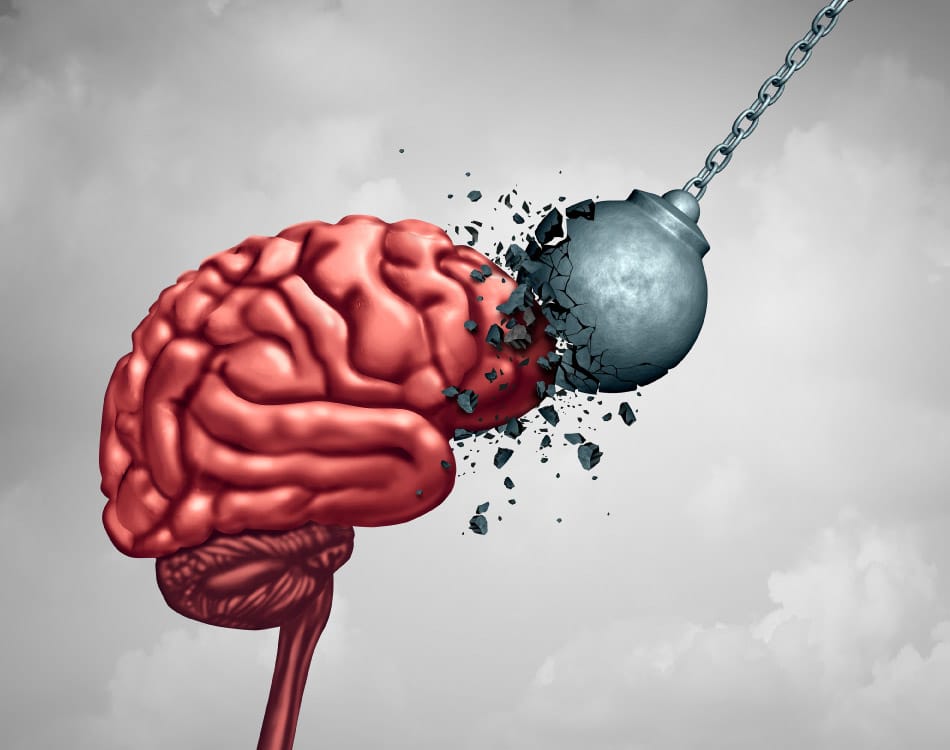

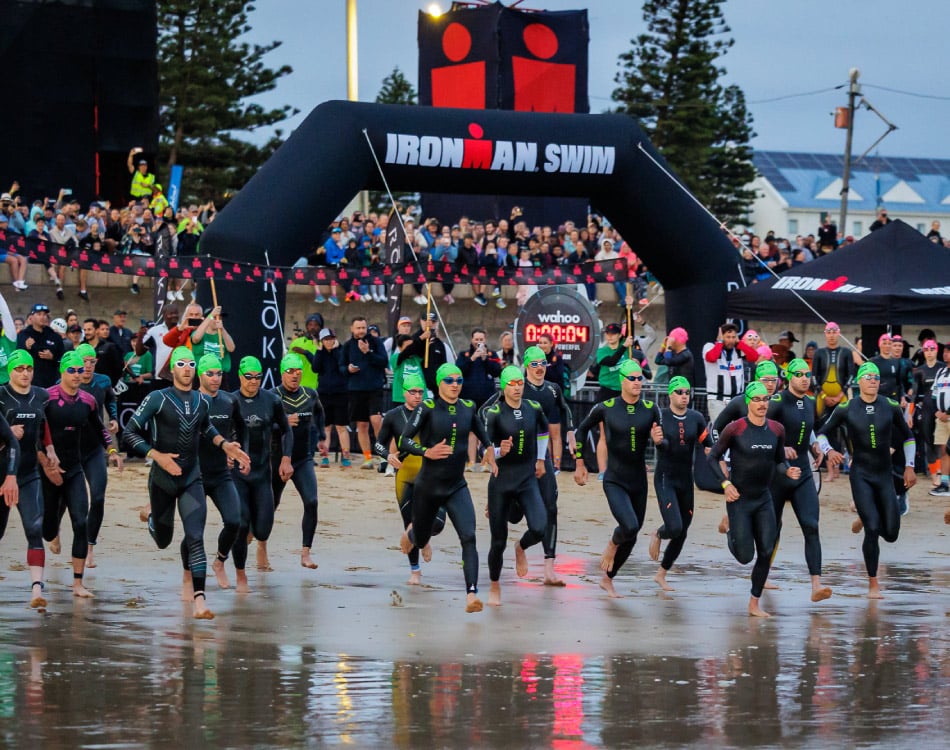
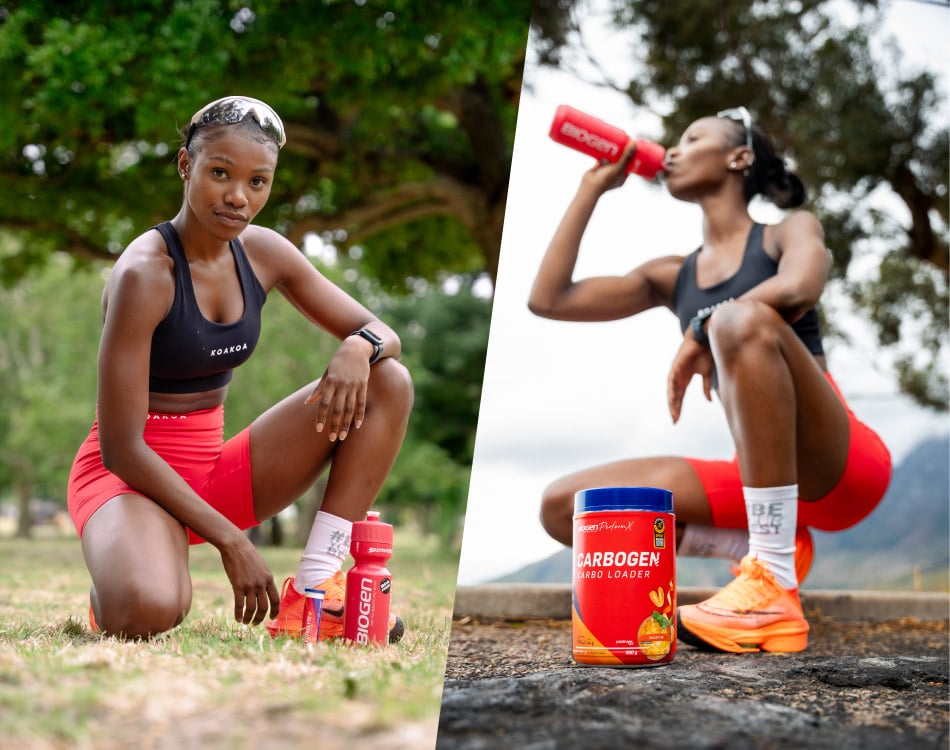

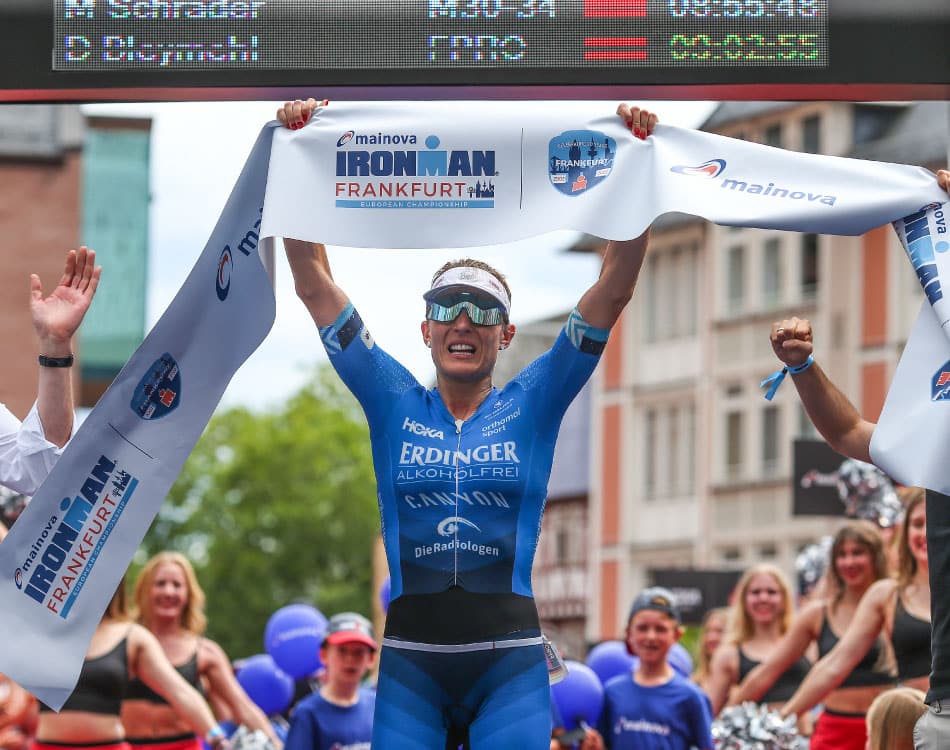
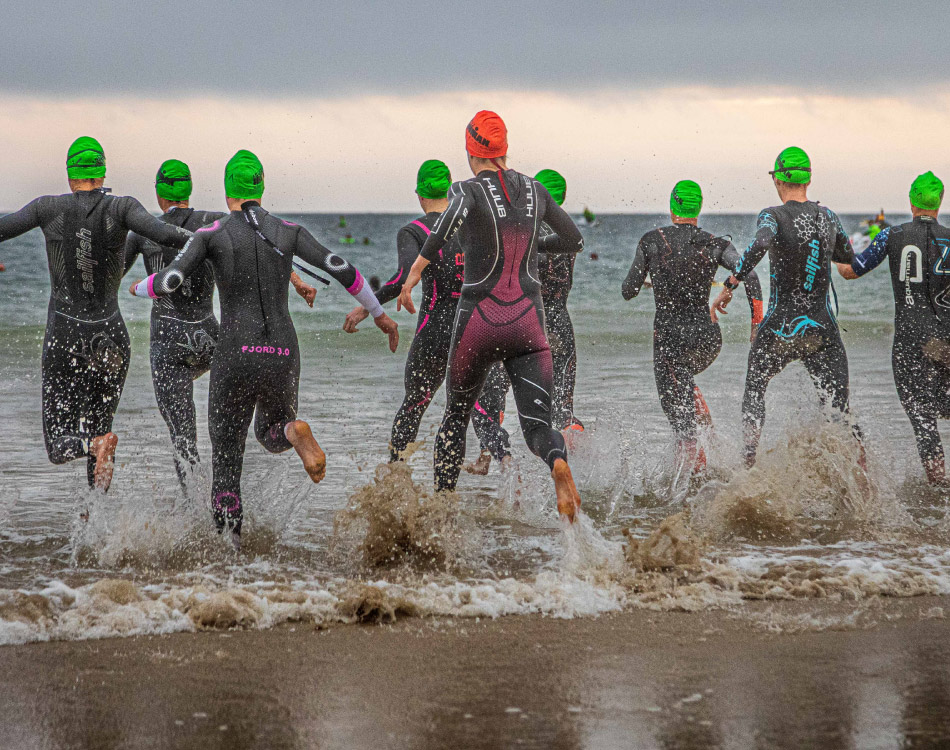

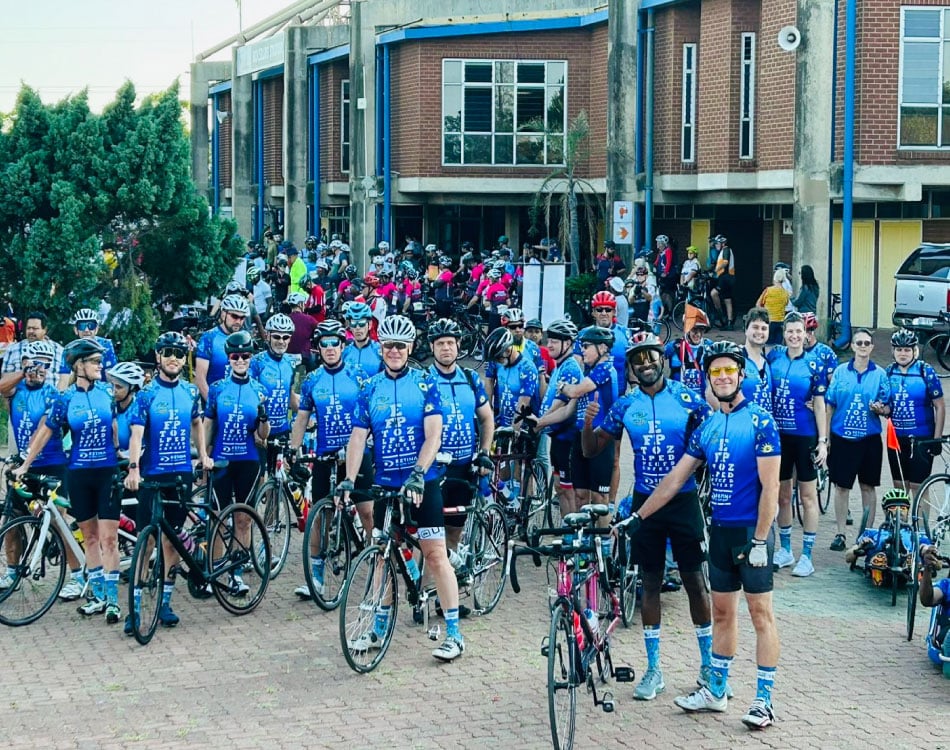

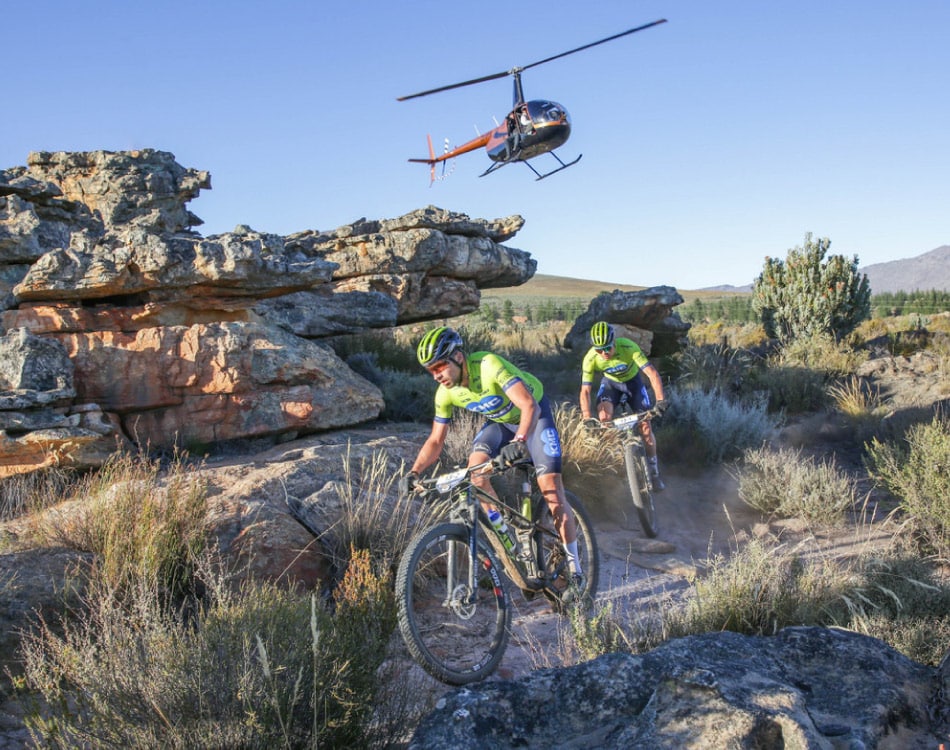

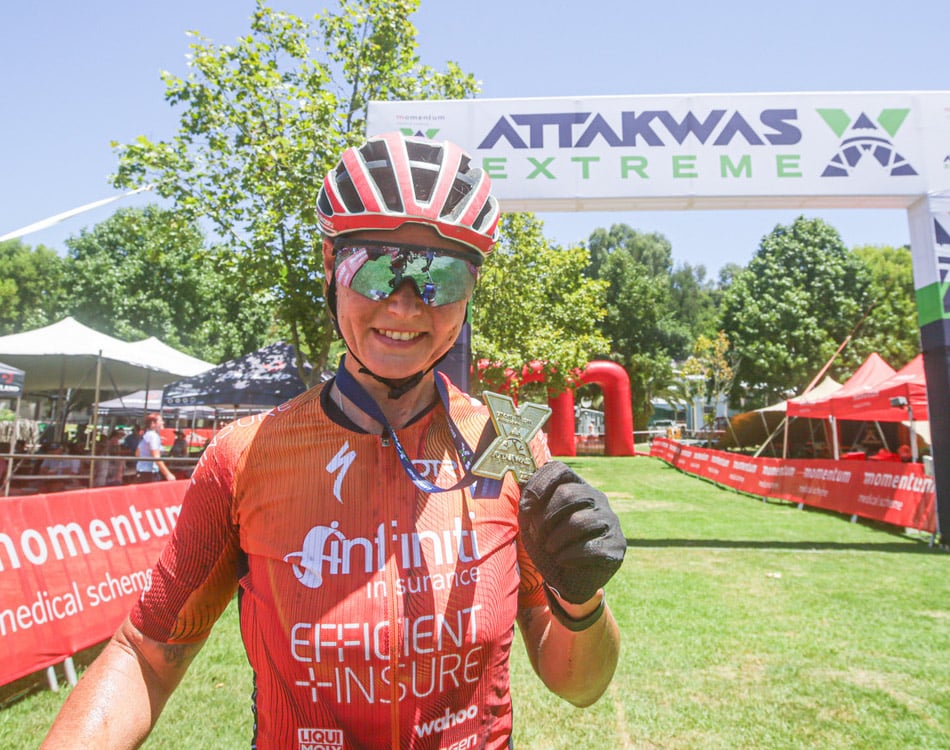



Leave A Comment